This Ritual I Wish You Could See is a research project with Edwin Nasr looking at uses of 3d rendering and simulation, from architectural rendering to virtual reality and game design, by state, sectarian, and (para-)military agents, from Hezbollah to the US Army, as a means of narrating and re-enacting contested histories and rituals, and visualizing projected futures. At stake is the role of the visualizing instrument in performing epistemic claims, the relationship of architecture to (counter-)terrorism and hegemony, and the virtual mediation of collective psychopathology such as PTSD in times of war.
This Ritual I Wish You Could See installed at PODIUM (Oslo), as part of STRUKTURA.TIME, curated by Lesia Vasylchenko
Render & file is an iteration of This Ritual I Wish You Could See in the form of a lecture performance, performed for the first time at Asia Contemporary Art Week’s Field Meeting Take 6 in January 2019. In particular, it focuses on Hezbollah’s, and more broadly, political Shiism’s uses of virtual reality and video games as ostensibly counter-hegemonic to the domination of the American and Israeli military-entertainment complexes. Namely, these consist of VR Karbala, a virtual-reality recreation of the formative Battle of Karbala, commemorated yearly on the tenth day of Ashura, and Sacred Defence – Protecting the Homeland And Holy Sites, a 2018 Hezbollah-issued first-person shooter about the Party’s role in the Syria War. On the other side of the ideological battlefield, we reflect on the US Army’s investment in commercial video games, through its America’s Army franchise, its Israeli Defence Forces (IDF) equivalent, and a virtual reality based exposure therapy tool aimed at treating post traumatic stress disorder among Iraq war veterans, VR Iraq. A full recording of the lecture-performance can be found here.
This Ritual I Wish You Could See (Render & file) takes the form of a documentary text that is interrupted by an ascending sequence of visual, sonic, and prose fragments, relying on certain motifs such as the obscured faces of holy figures in traditional and contemporary religious pictorial representations, the textured and rendered masculinity of the soldier figure in a computer-generated war environment, and simulations of sites and territories that are central to historical, geopolitical, and identitarian narratives. The overarching emphasis is on hegemonic constructions, and their respective counterings, by way of the rendered image.

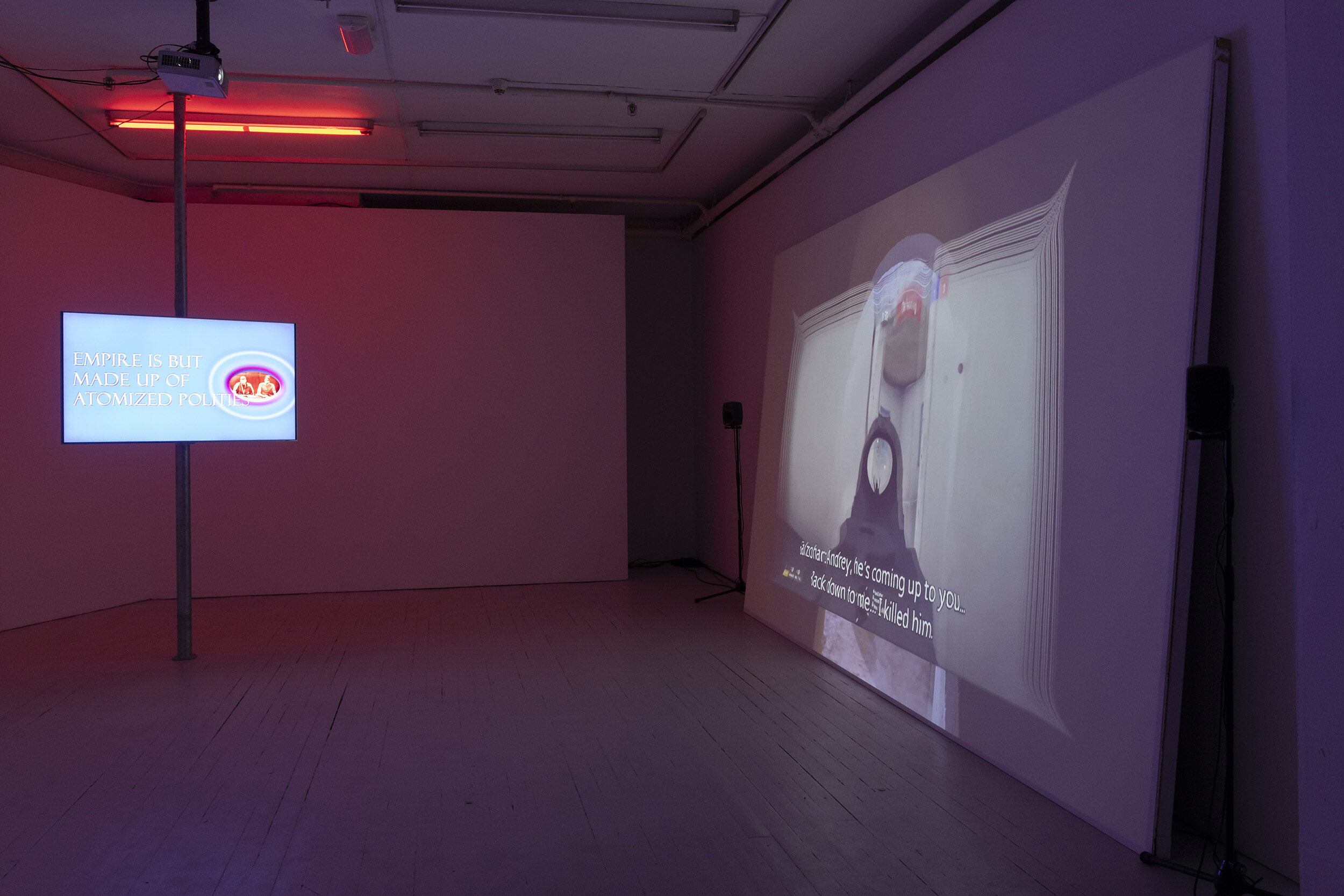
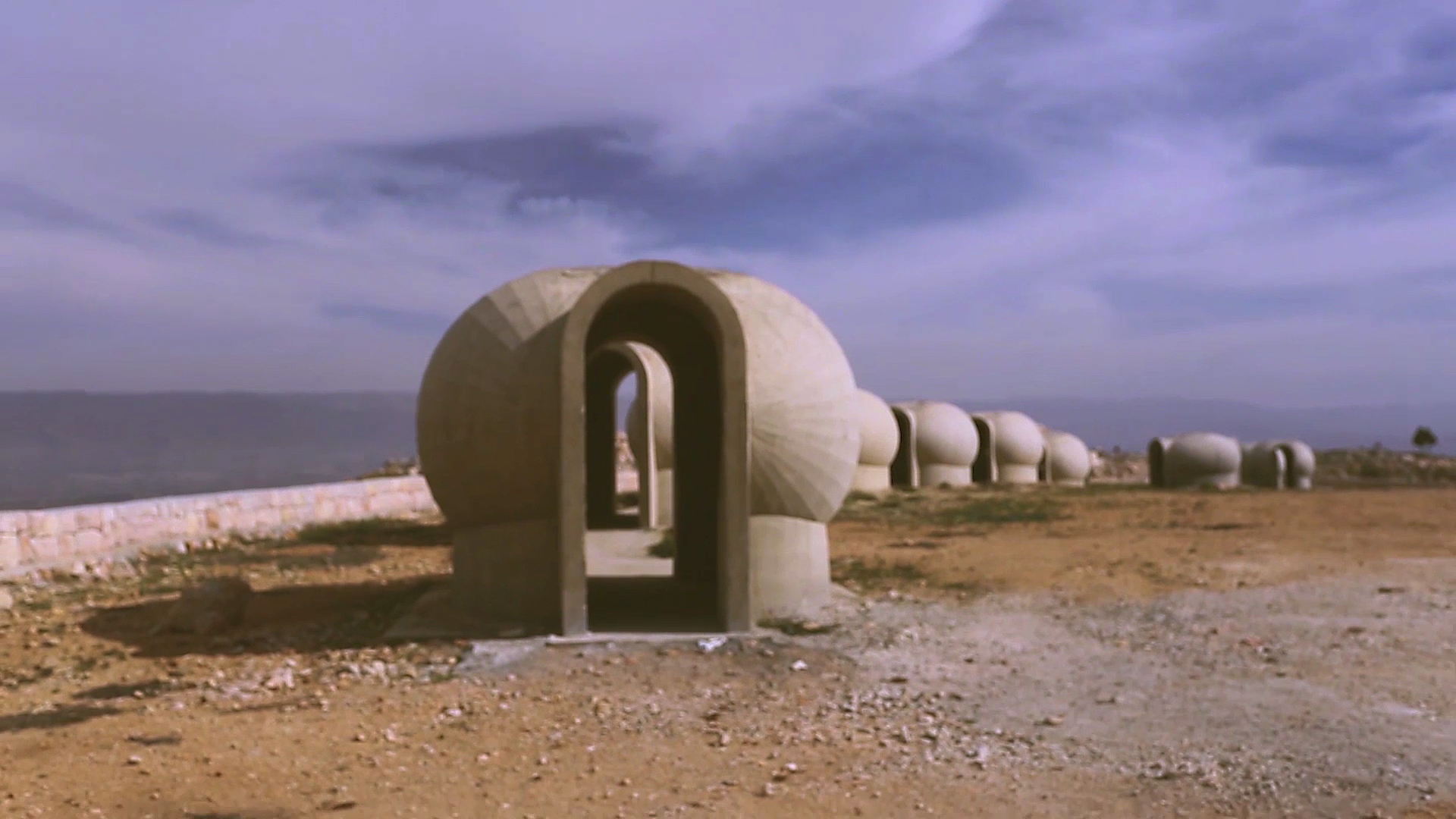
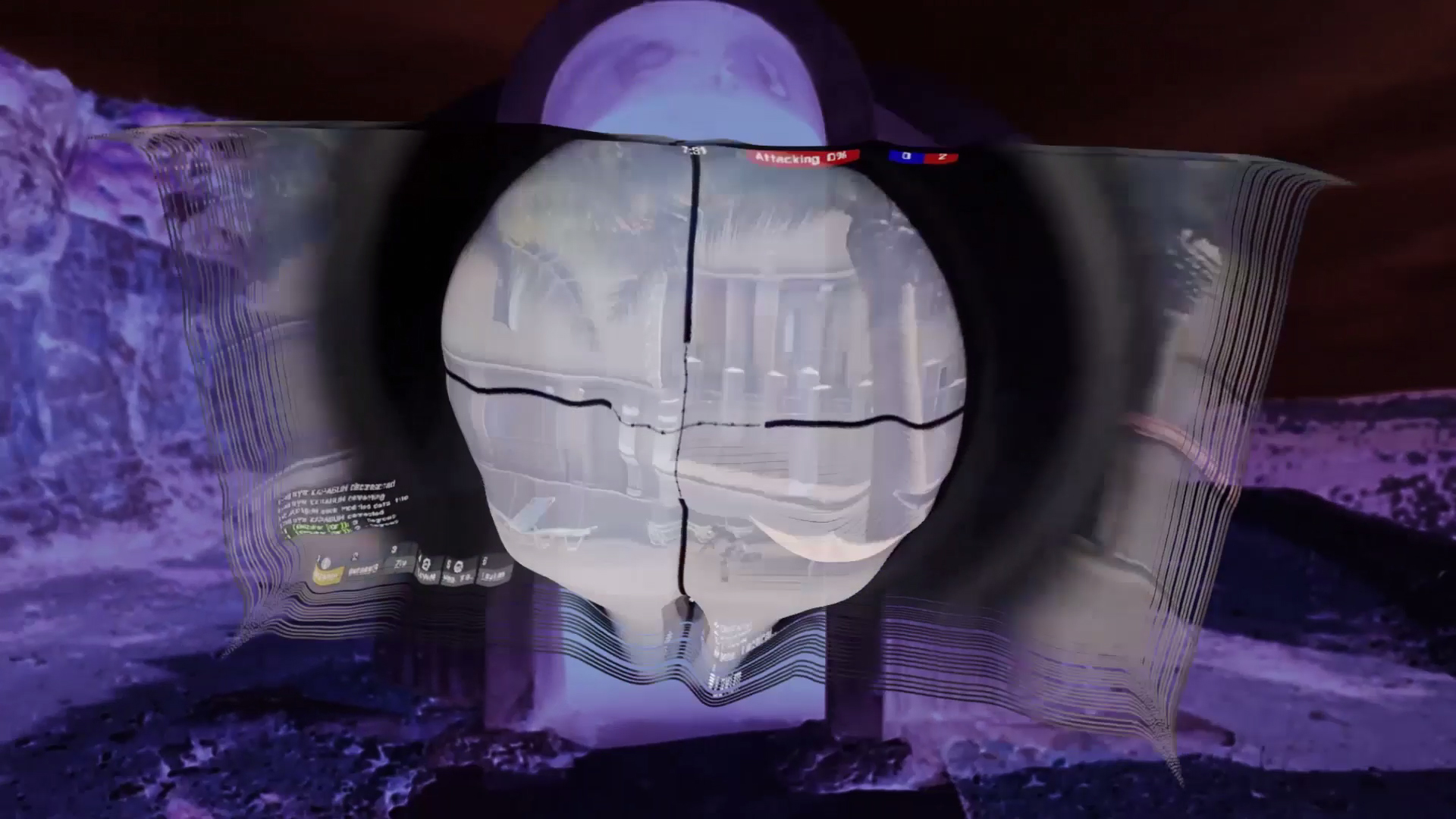
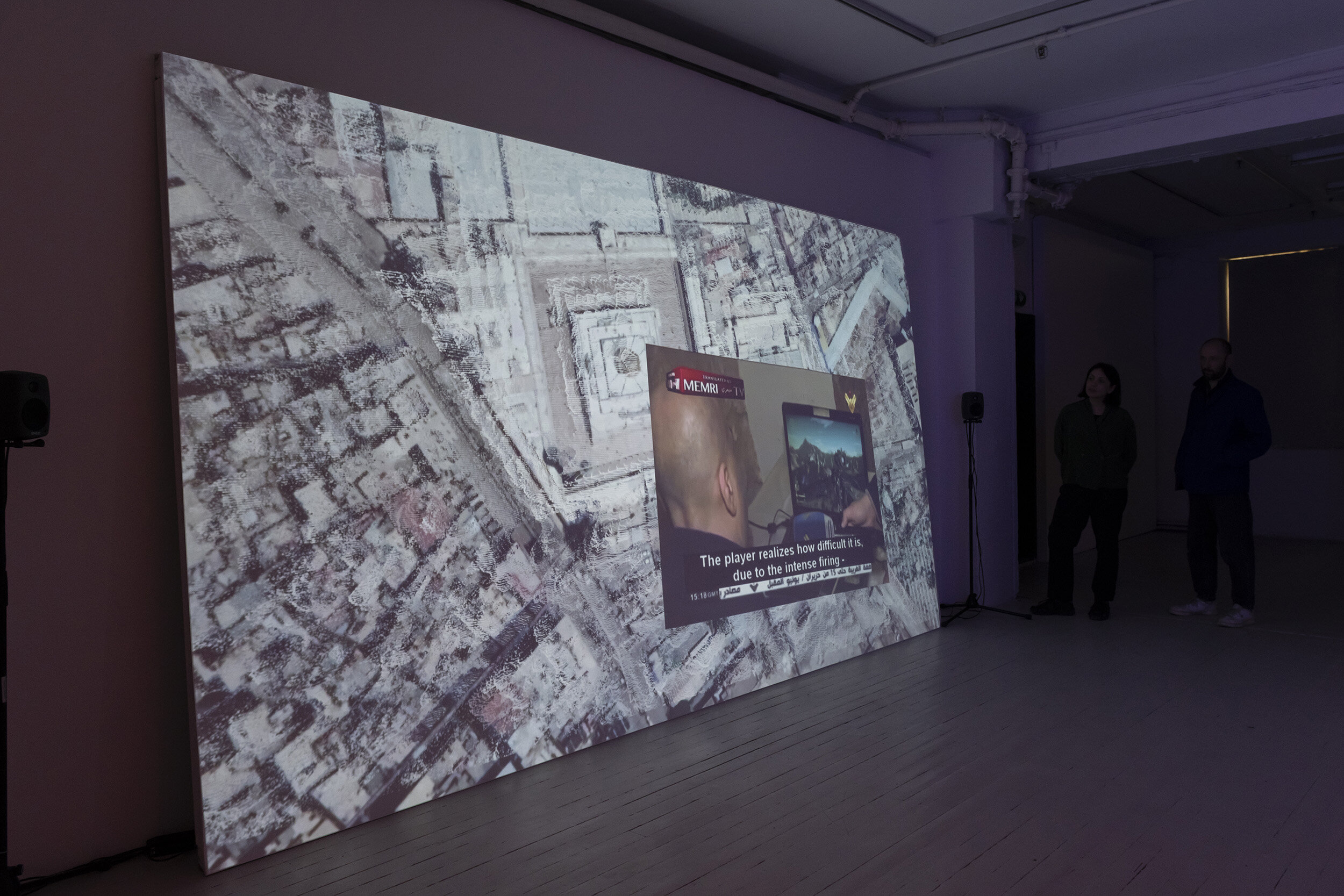
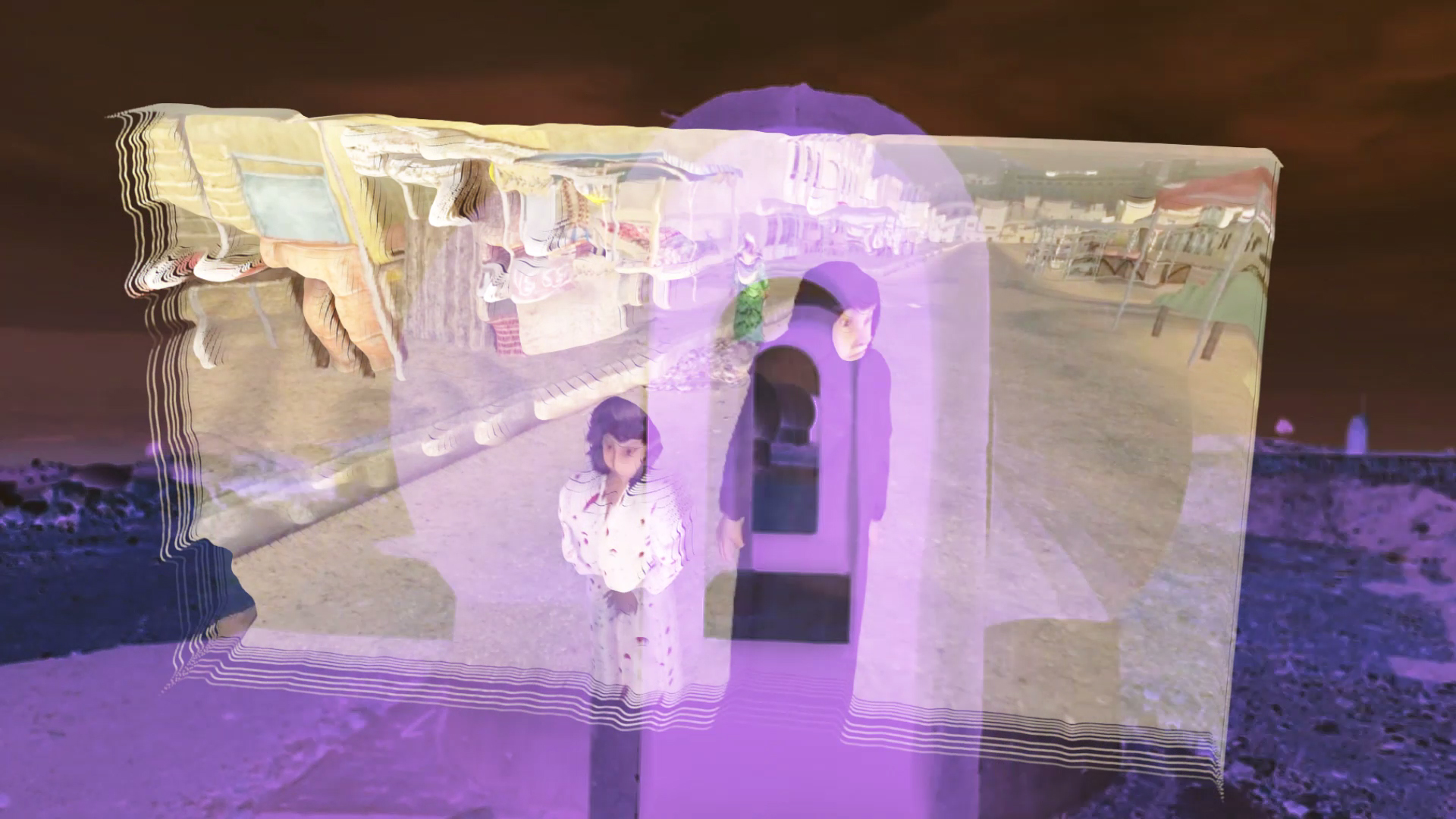

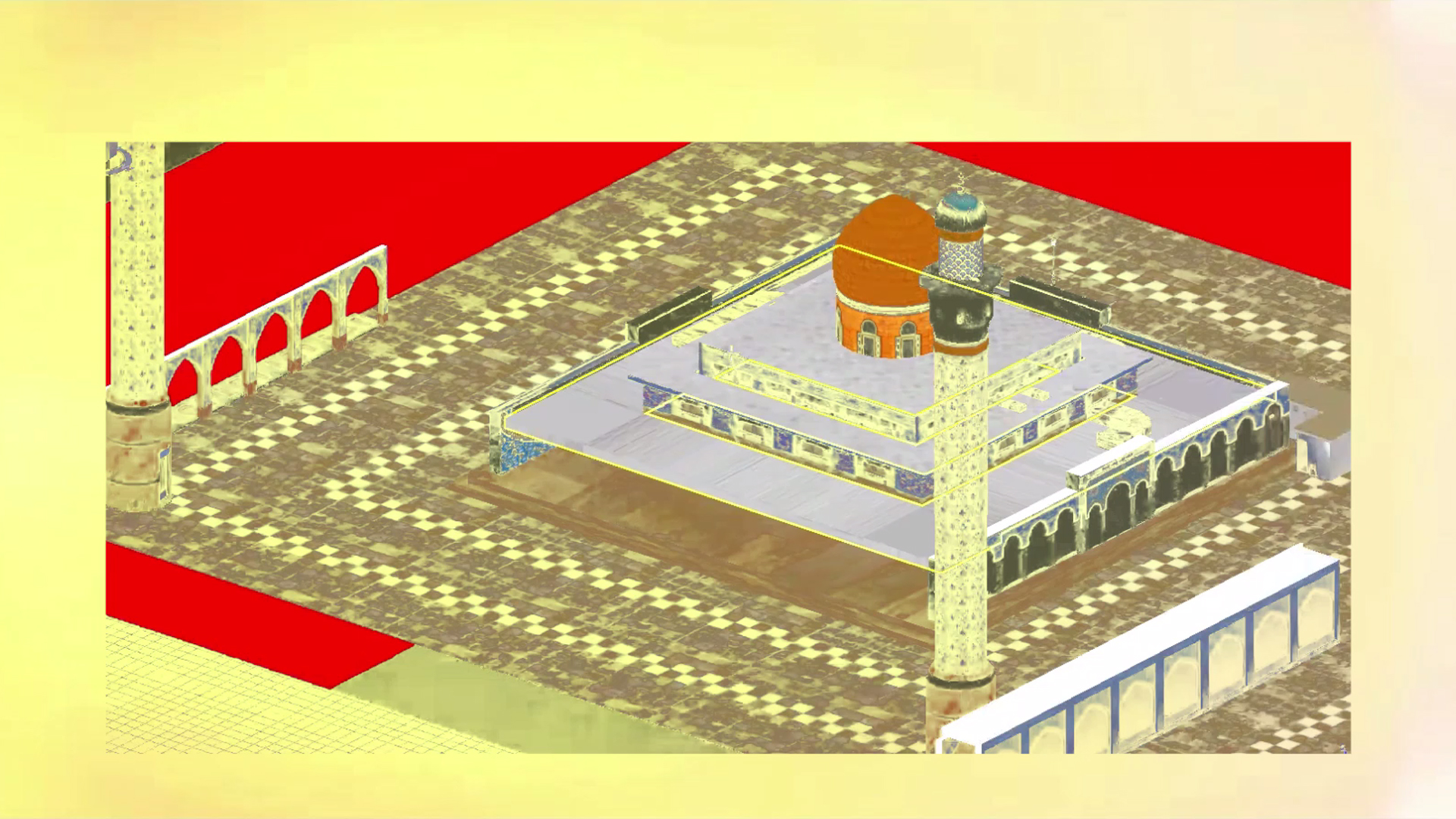


Communitarian Futurism in the Rendered Image was the first public presentation of This Ritual I Wish You Could See, given at the Rendering Graduate Student Conference in the Department of Visual and Environmental Studies, Harvard University, April 2018. This initial phase of the research looks at instances in which virtual imagery - architectural rendering, virtual reality, and video simulation - has been employed by religious-sectarian organizations in an effort to sustain political support by updating vernacular ritual practices, ostensibly staving off obsolescence and extending them into the future. In particular, we examine three recent case studies from Lebanese sectarian enterprises: (1) a widely-circulated architectural animation of the Rosaire du Liban, the “largest Rosary in the world” currently being constructed under the patronage of the Lebanese Maronite Order, (2) VR Karbala, a virtual-reality recreation of the formative Battle of Karbala (680 AD) conceived by a company based in Denmark and brought in by Lebanese Shi’a authorities to towns and village, and (3) a first-person shooter simulation game at Hezbollah’s Mleeta Resistance Tourist Landmark in which the user engages in war against the Israeli Defense Forces (IDF). It is argued that each project enacts its own identitarian futurism and that the epistemic scheme here lies in the attempted discursive disruption and re-augmentation of a perceived hegemonic temporality and narration of history, by way of the rendered image.


